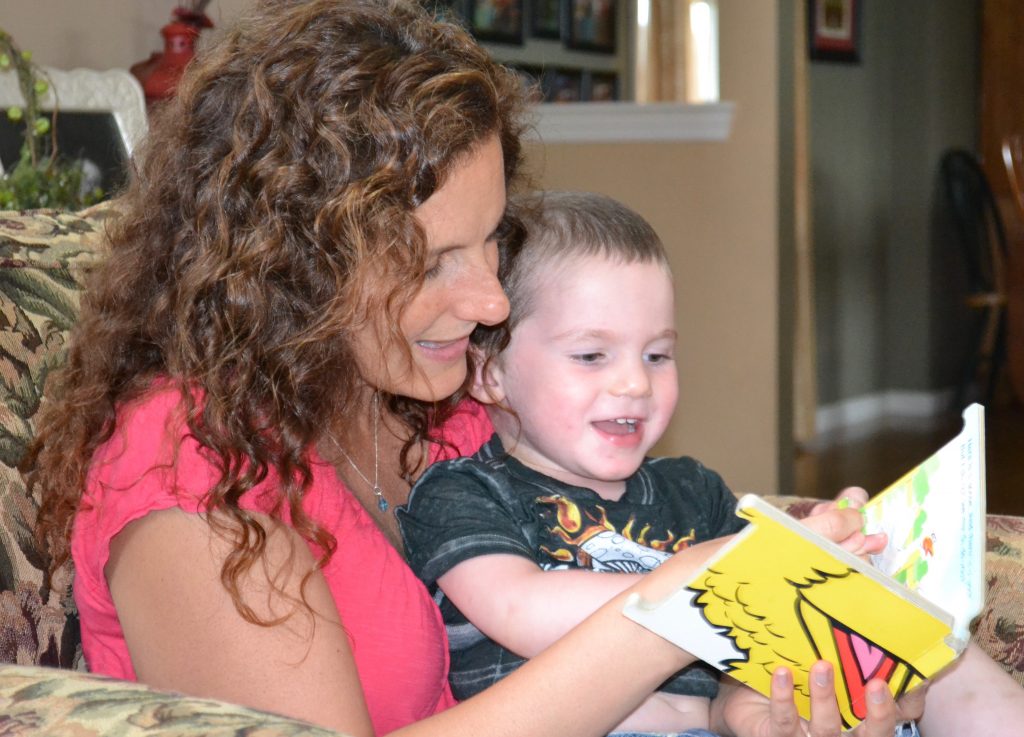
The amount of words spoken to your toddler by you and other caregivers is a strong predictor of future literacy and academic skills, but recent studies are showing that this back and forth conversation (called serve and return or conversational turns) is even more important than we originally thought! During toddler brain studies, the back and forth conversation between child and parent shows more activity in the part of the brain that interprets language, called Broca’s area.
Researchers believe that the interactive conversation gives children more of an opportunity to practice their communication and language skills, which includes listening and understanding what others are saying and responding in an appropriate way.
Serve and return represents more than just language, it represents engagement between the child and the caregiver.
When you talk to your child, get in the habit of asking “wh” questions such as “Where is daddy?” and “What do you want to play with?” Pause after you ask the question so she can respond. Try to maintain eye contact with her as much as possible. Think of it as “turn taking” when you are talking to her.
Serve and return conversations look different at every age. With newborns, it may just be talking and asking questions, then pausing, and making eye contact. With six-month-old’s, there may be an exchange of babbles and coos, and with toddlers it might include expanding on their phrases and asking lots of questions to make them think, then answering their questions as they get a little bit older.
Talk to your toddler all day long! Narrate what you are doing, and ask him questions along the way. Ask him what he thinks about what he sees, pause and then tell him your thoughts. Repeat this over and over. Encourage other people who are involved in the care of your child to do the same.
References:
Gilkerson, J., & Richards, J. (2008). The LENA Natural Language Study. Retrieved from http://www.lenafoundation.org/wp-content/uploads/2014/10/LTR-02-2_Natural_Language_Study.pdf
LENA. (2018). New Research Sheds Light on the Importance of Conversational Turns. https://www.lena.org/conversational-turns-research/
Traction, A. (2018). Back-and-forth exchanges boost children’s brain response to language: Study finds engaging young children in conversation is more important for brain development than “dumping words” on them. MIT News. Retrieved from http://news.mit.edu/2018/conversation-boost-childrens-brain-response-language-0214

